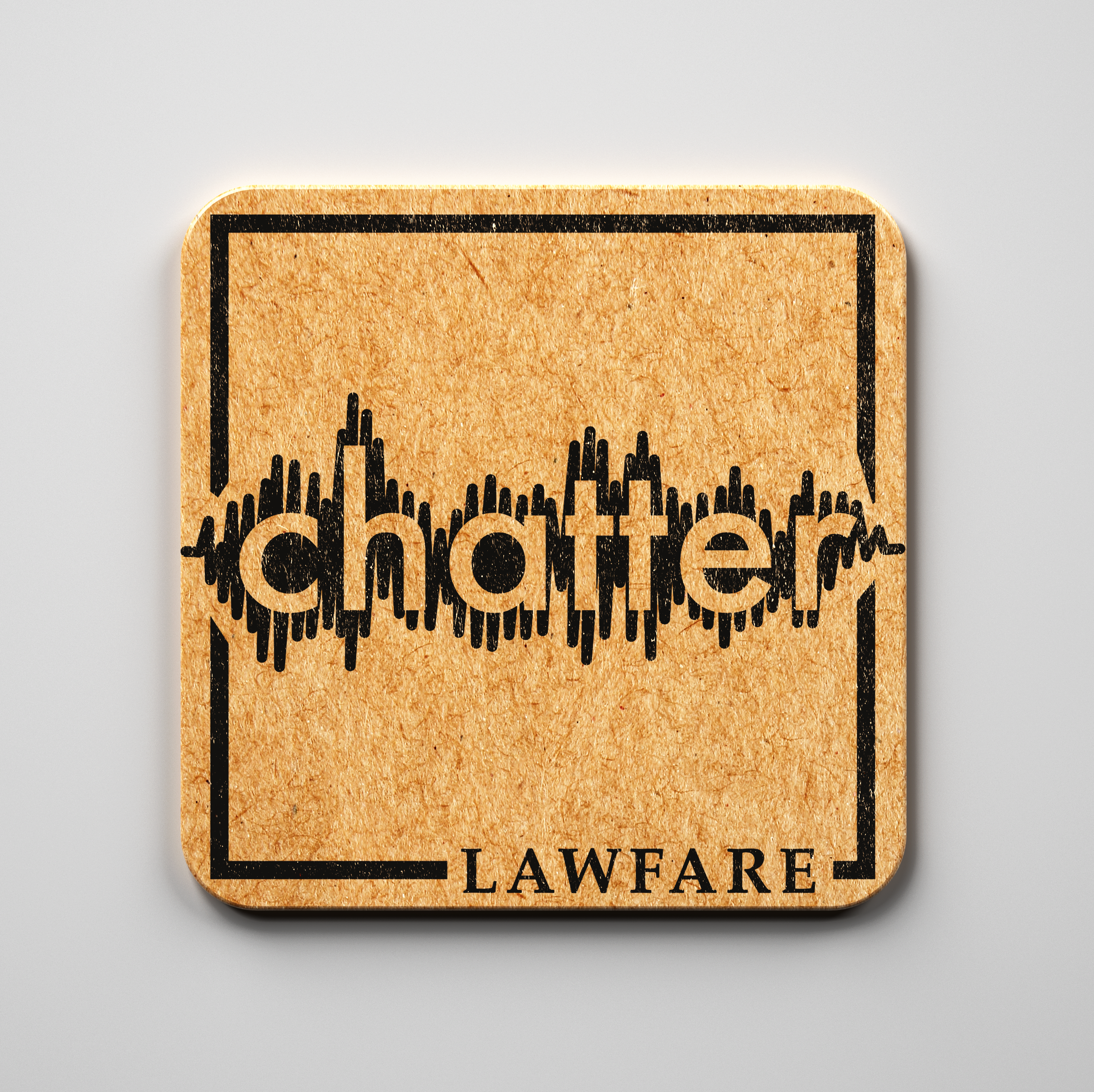A Tidbit From an Old NSA Document (2000)
Browsing through an old NSA document called Transition 2001, dated December 2000, I came across this tidbit on page 3.
“In transforming the cryptologic system, the NSA/CSS must shift significant emphasis and resources from current products, services, and targets to the modern and anticipated information technology environment for both SIGINT and information assurance.
Published by The Lawfare Institute
in Cooperation With

Browsing through an old NSA document called Transition 2001, dated December 2000, I came across this tidbit on page 3.
“In transforming the cryptologic system, the NSA/CSS must shift significant emphasis and resources from current products, services, and targets to the modern and anticipated information technology environment for both SIGINT and information assurance. The NSA/CSS must be capable of operating with our partners seamlessly in the global network; where possible sustaining our global response, where necessary succeeding through tailored access.”This paragraph was unclassified in the original document, suggesting that the NSA plan to adapt to the new world through tailored access wasn’t at all a secret even back in 2000. Of course, the document in which this paragraph was contained was originally classified Secret (and is now declassified), so having access to this document would not have been easy. Still, it’s interesting to me as an example of refusing to believe that they had lost the crypto wars. And we have since learned that they had the technical capability to be justified in that belief.
Dr. Herb Lin is senior research scholar for cyber policy and security at the Center for International Security and Cooperation and Hank J. Holland Fellow in Cyber Policy and Security at the Hoover Institution, both at Stanford University. His research interests relate broadly to policy-related dimensions of cybersecurity and cyberspace, and he is particularly interested in and knowledgeable about the use of offensive operations in cyberspace, especially as instruments of national policy. In addition to his positions at Stanford University, he is Chief Scientist, Emeritus for the Computer Science and Telecommunications Board, National Research Council (NRC) of the National Academies, where he served from 1990 through 2014 as study director of major projects on public policy and information technology, and Adjunct Senior Research Scholar and Senior Fellow in Cybersecurity (not in residence) at the Saltzman Institute for War and Peace Studies in the School for International and Public Affairs at Columbia University. Prior to his NRC service, he was a professional staff member and staff scientist for the House Armed Services Committee (1986-1990), where his portfolio included defense policy and arms control issues. He received his doctorate in physics from MIT.





